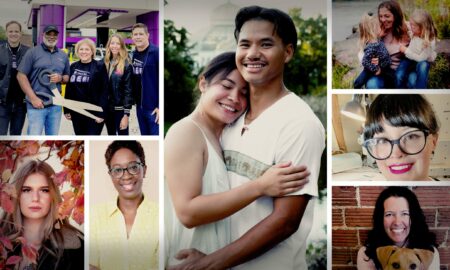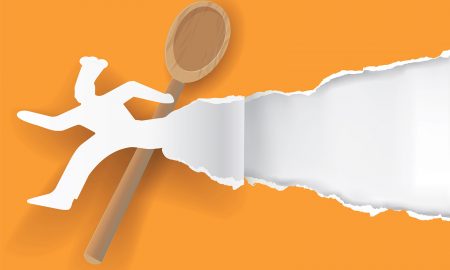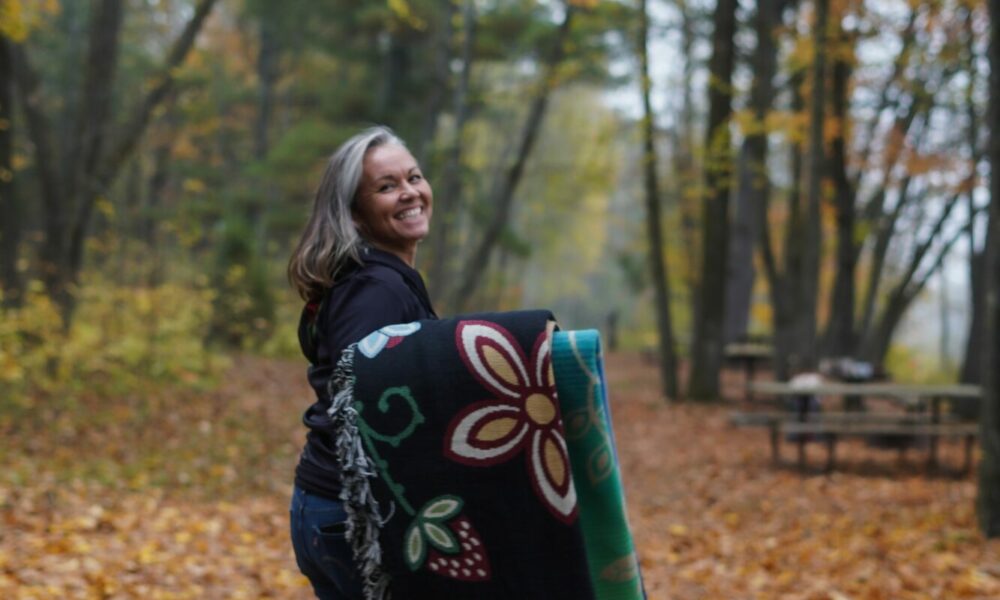

Today we’d like to introduce you to Sarah Agaton Howes.
Hi Sarah, it’s an honor to have you on the platform. Thanks for taking the time to share your story with us – to start maybe you can share some of your backstory with our readers.
Heart Berry began at my kitchen table. I started sewing earrings, moccasins, regalia, and custom items to make “snow pants” money when my two children were small. Immediately the demand outgrew what I could do. It was clear that people wanted to see our cultural art in their everyday lives. I also realized we needed to be teaching folks HOW to make their cultural art. I shifted my focus to teaching and designing in 2014. In September 2014, began working with the Inspired Natives Project of Eighth Generation with my mentor Louie Gong.
For years before this, I had followed Gong’s work and loved how he combined community work with cultural art and entrepreneurship. This was a business model I had never seen and a bright light shone onto a pathway I wanted to go down. Over the last nine years, I’ve gone from handing in pencil sketches to designing my wool blankets. From beadwork to making moccasin books. This year we have opened our doors at our new HQ to in-person shopping for the first time! We are now coordinating First People’s Fridays 10-6 at 1111 Cloquet Avenue and are so excited to continue hosting our annual markets in this way. We have guests artists and food vendors new each week.
At Heart Berry, our work is community givebacks in the form of our 17,000 in donations this year to Wakan Tipi and the ICWA Law Center centering around educating the community about land issues, child welfare, and other vital discussions. We use these opportunities to create art and community fundraise for causes in line with our Anishinaabe Values.
We create custom art from logos for tribes, organizations, and individuals to murals and large-scale art installations. We just finished a mural for the Springboard for the Arts coordinating 24 volunteers to paint our sidewalk mural. We also are wrapping up our Turtle Mountain Water Park project with DSGW Architecture telling our powerful flood and recovery story through large-scale vinyl installations at their new facility. We believe in telling our traditional stories through these contemporary means. For me as an artist, I love this place of confluence.
We have grown from the kitchen table to an 11,000 square foot HQ, storefront, and classroom space hosting our 3 staff and 3 seasonal staff. We proudly still work with Eighth Generation as we continue to take back the marketplace for Native entrepreneurs with real authentic Native art.
Just this week, I am one of six finalists for the new MN state flag. My design is derived from an Ojibwe loom design featuring the stars and beloved woods. The yellow stripes across the sides represent the original tribal nations and the white stripes the counties.
I’m sure it wasn’t obstacle-free, but would you say the journey has been fairly smooth so far?
Oh, this question makes me laugh out. Honestly, I think initially the biggest struggle was getting over my self-doubt. I had never seen this type of business succeed before and was growing alongside Eighth Generation. Louie Gong kept shining a light on where we were going but it was so hard to believe.
But now, almost a decade in I can see how much real Native art is beautiful to everyone. On a business level, I tell folks “Don’t become an entrepreneur unless you want to solve problems.” It is truly this every day. Our struggles range from belligerent postal workers who refuse to carry our rural packages to very complex tribal tax laws. Every day is a new “chance to learn” and grow.
Can you tell our readers more about what you do and what you think sets you apart from others?
As an artist, I love to draw from my traditional beadwork, quill, and weaving designs. My work is based on this aesthetic. Largely florals, our designs are meant to share about foods, medicines, and plants for our good life. I also love to visit with folks and gather our stories. I love to translate those stories and relationships into everything from t-shirts to wall installations.
But as an entrepreneur, I am using a lot of my time and energy to create photoshoots, social media content, and manage my staff. I wish I could say that I was spending my time creating art but being a CEO is much more about solving problems than drawing. I am extremely grateful to be one of a handful of small reservation-based small businesses thriving. I hope more entrepreneurs see this example and follow in their way doing their own thing.
How do you define success?
Financial stability and intergenerational stability are one of my primary goals. Teaching my children, extended family, and community that not only can we thrive but we can do that by being our authentic selves. We do not need to change our values, assimilate, or live “in two worlds” to be successful.
Being able to learn and grow outwards and deeply to build a sustainable future by training and developing my staff and myself is how I am building success. Role model how to be an arts entrepreneur for the community around me and sharing the things I have learned. Covering the world in Ojibwe art.
Contact Info:
- Website: heartberry.com
- Instagram: @heartberryco
- Facebook: Heart Berry
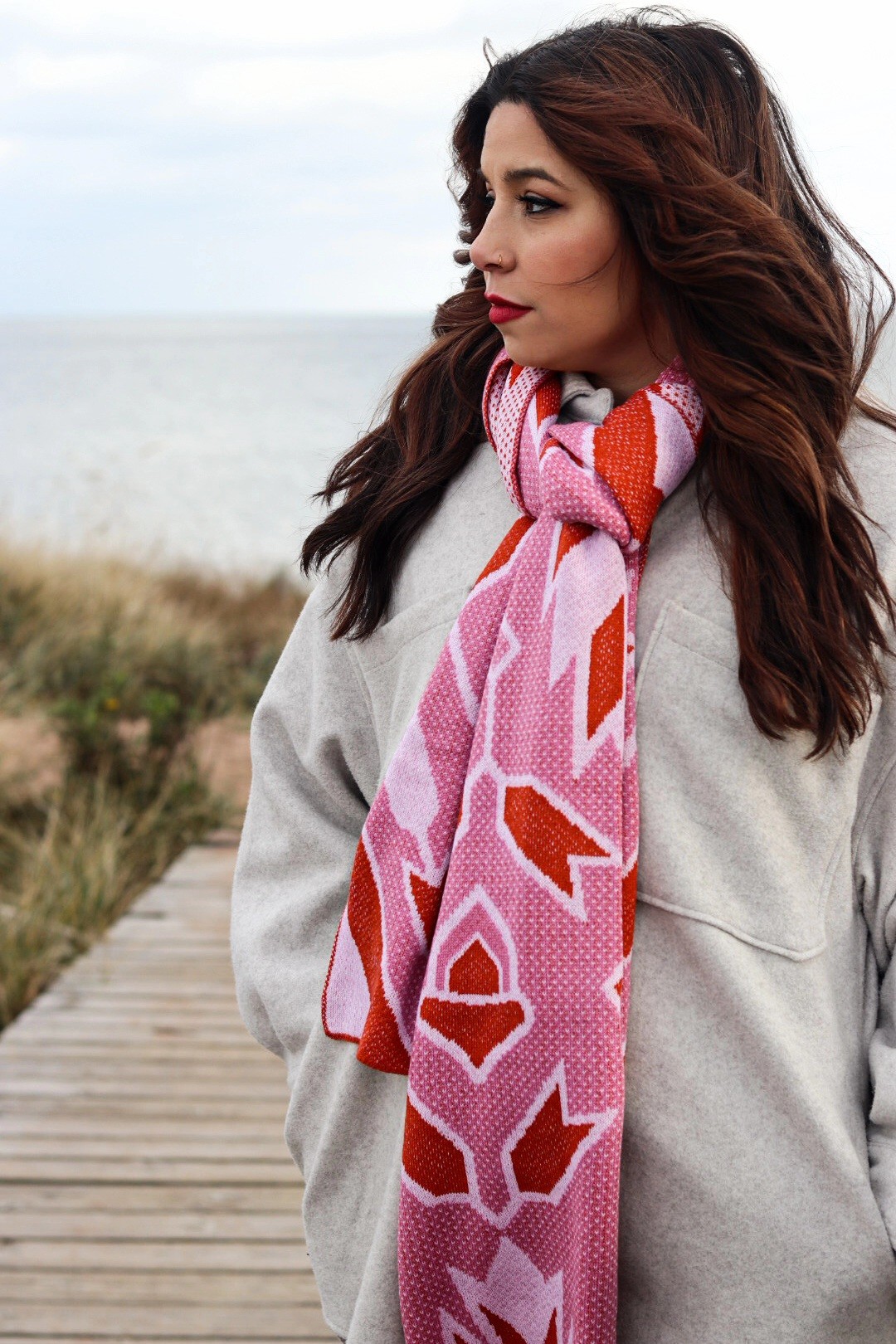
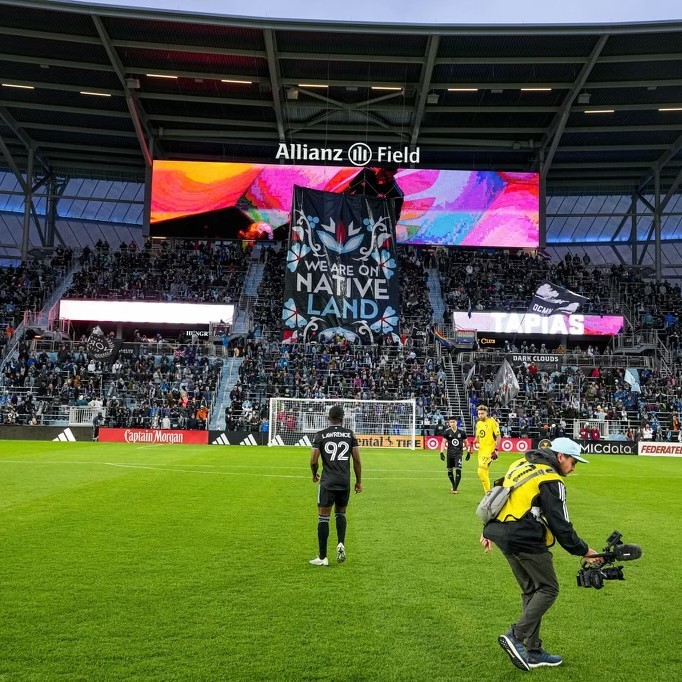
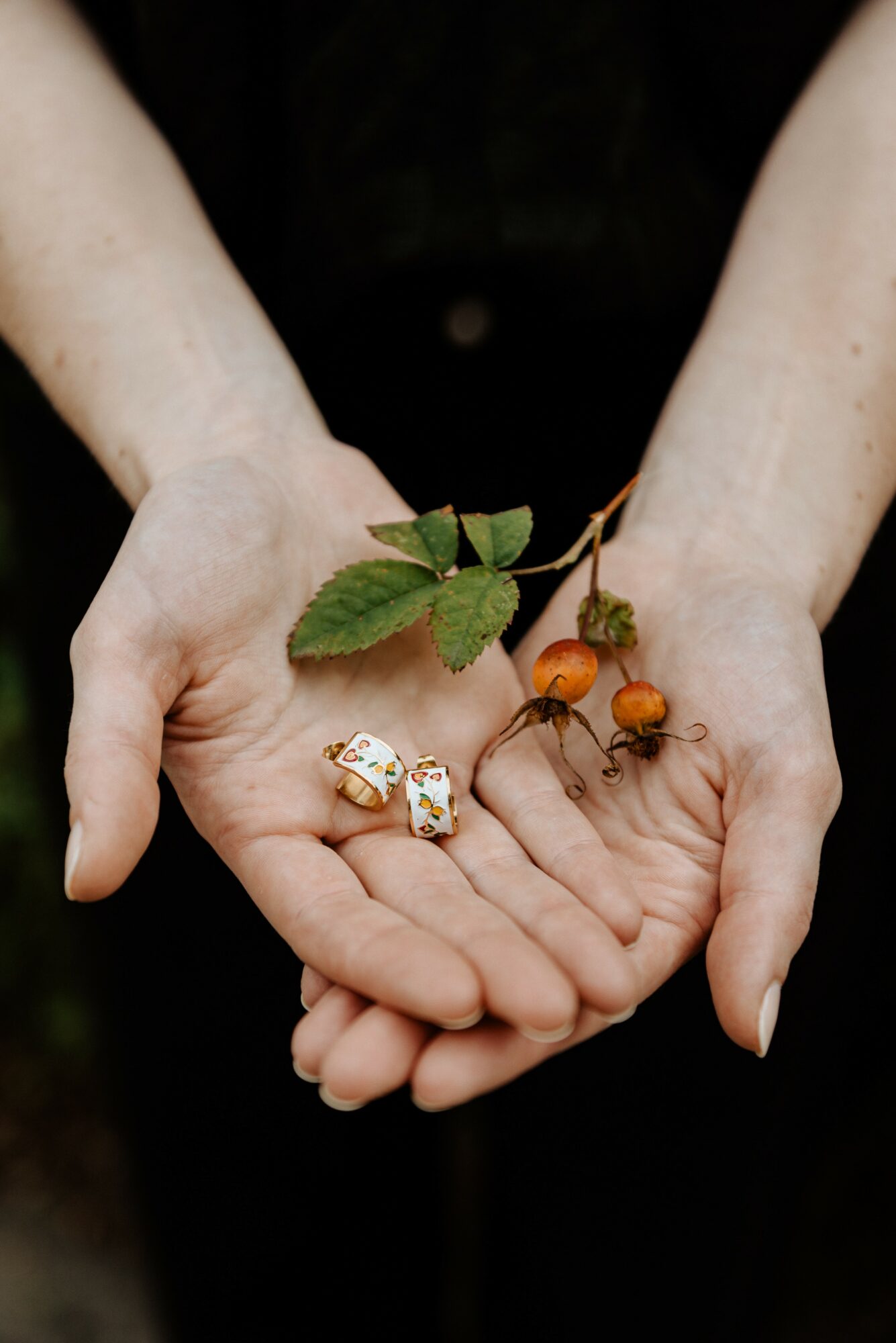
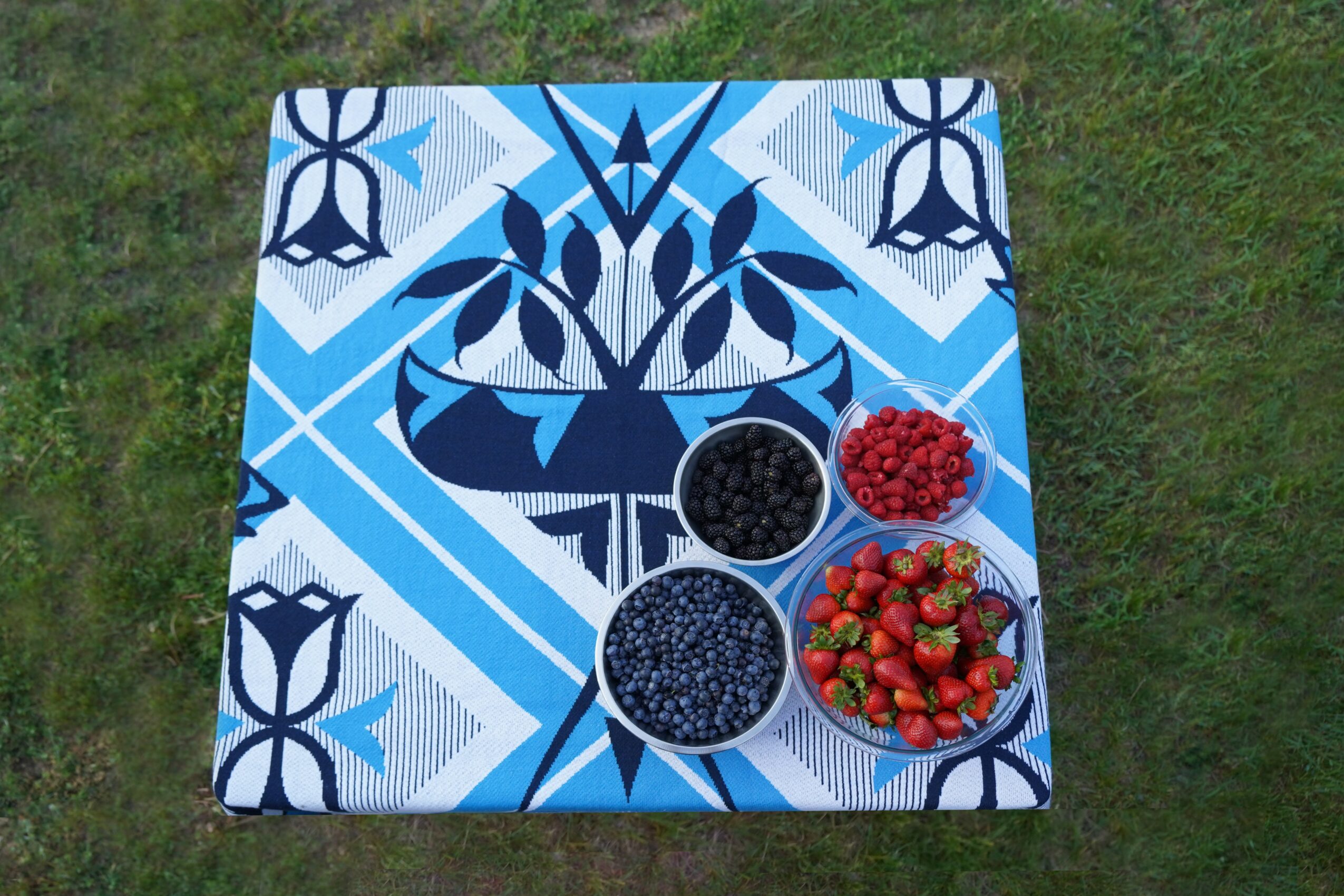
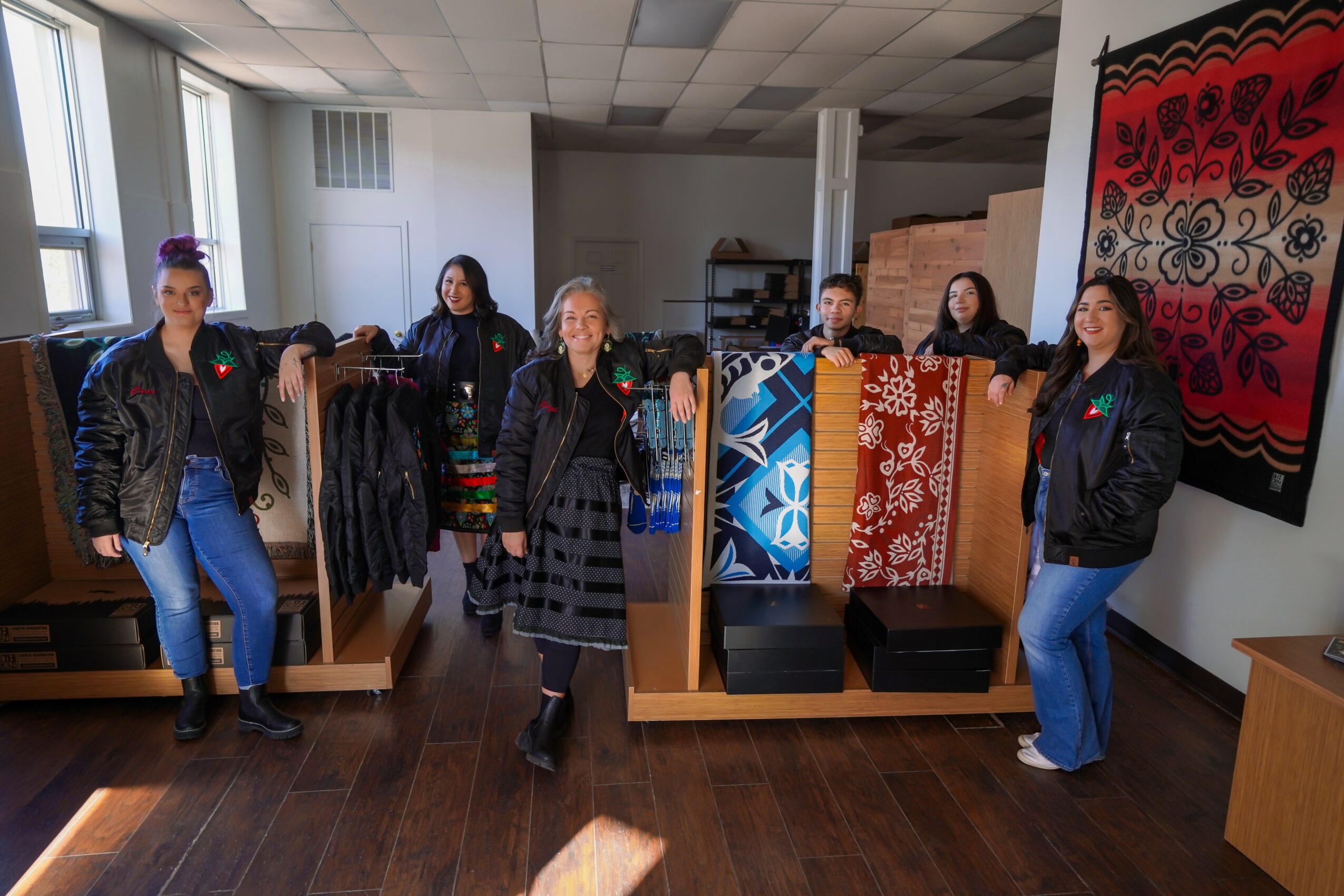
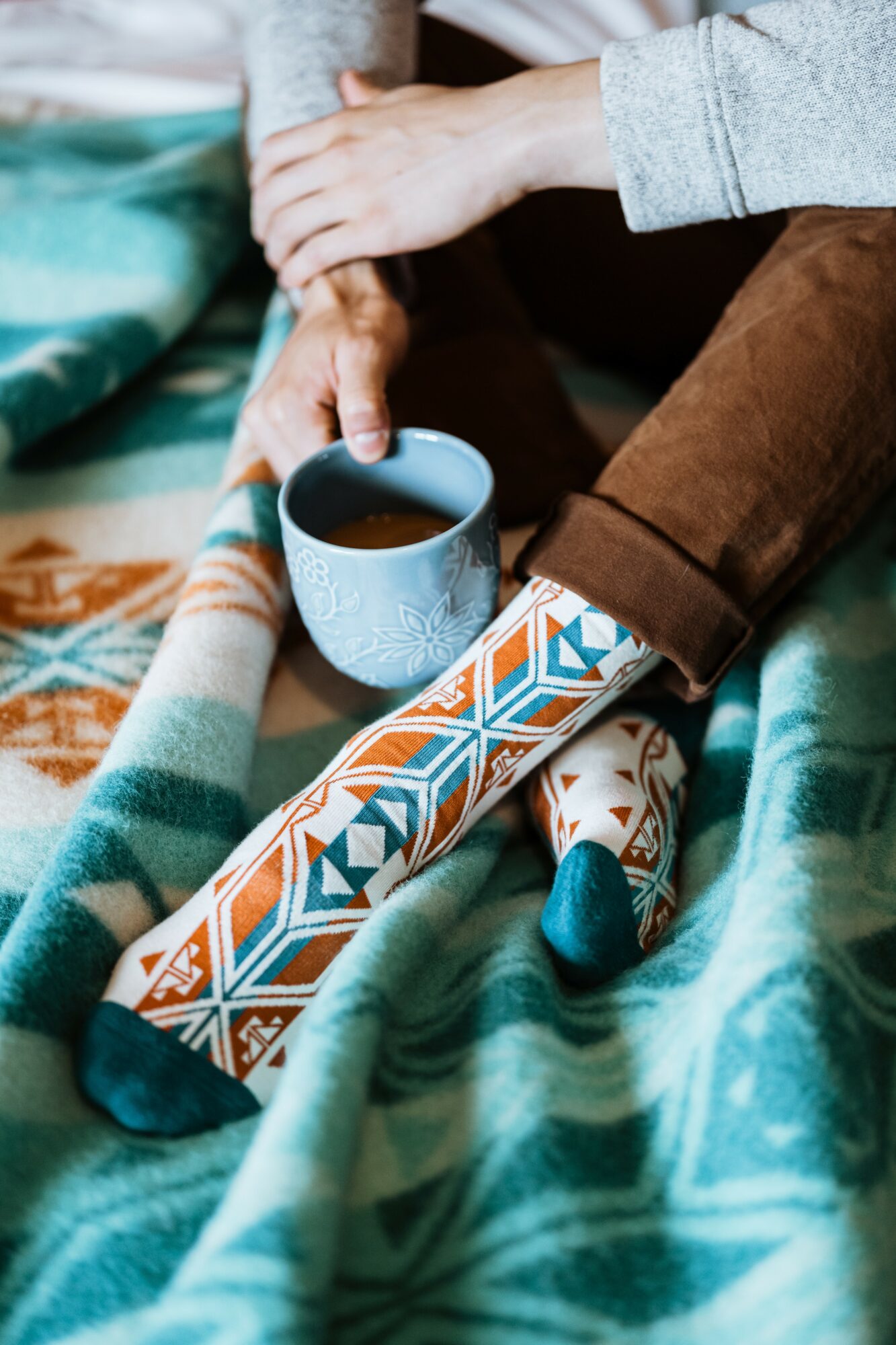
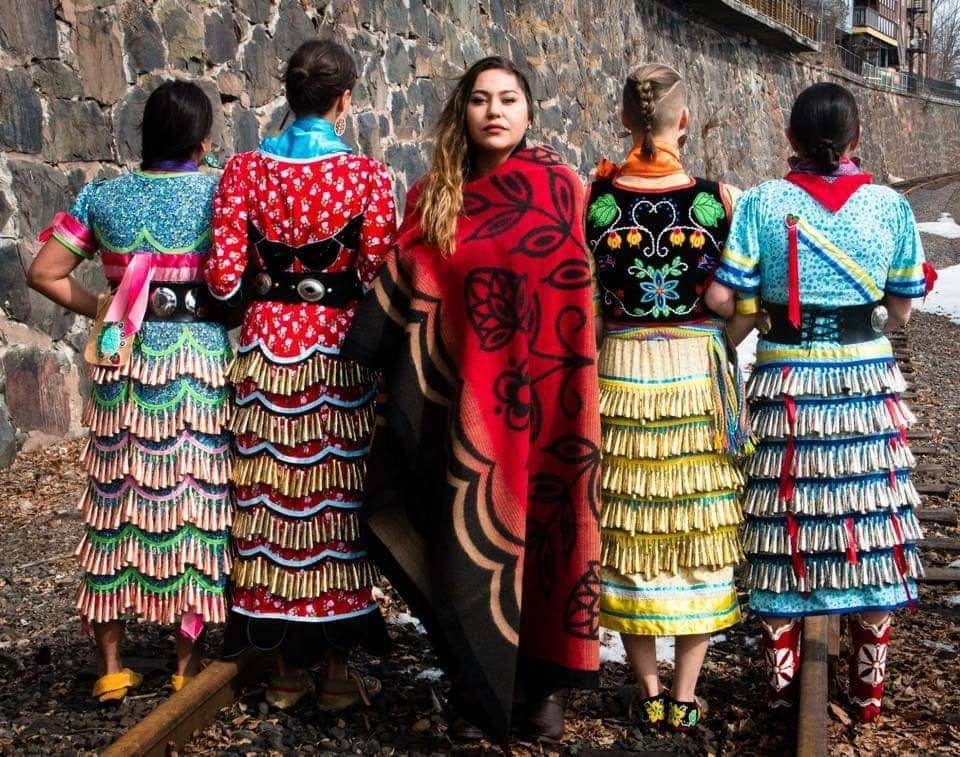
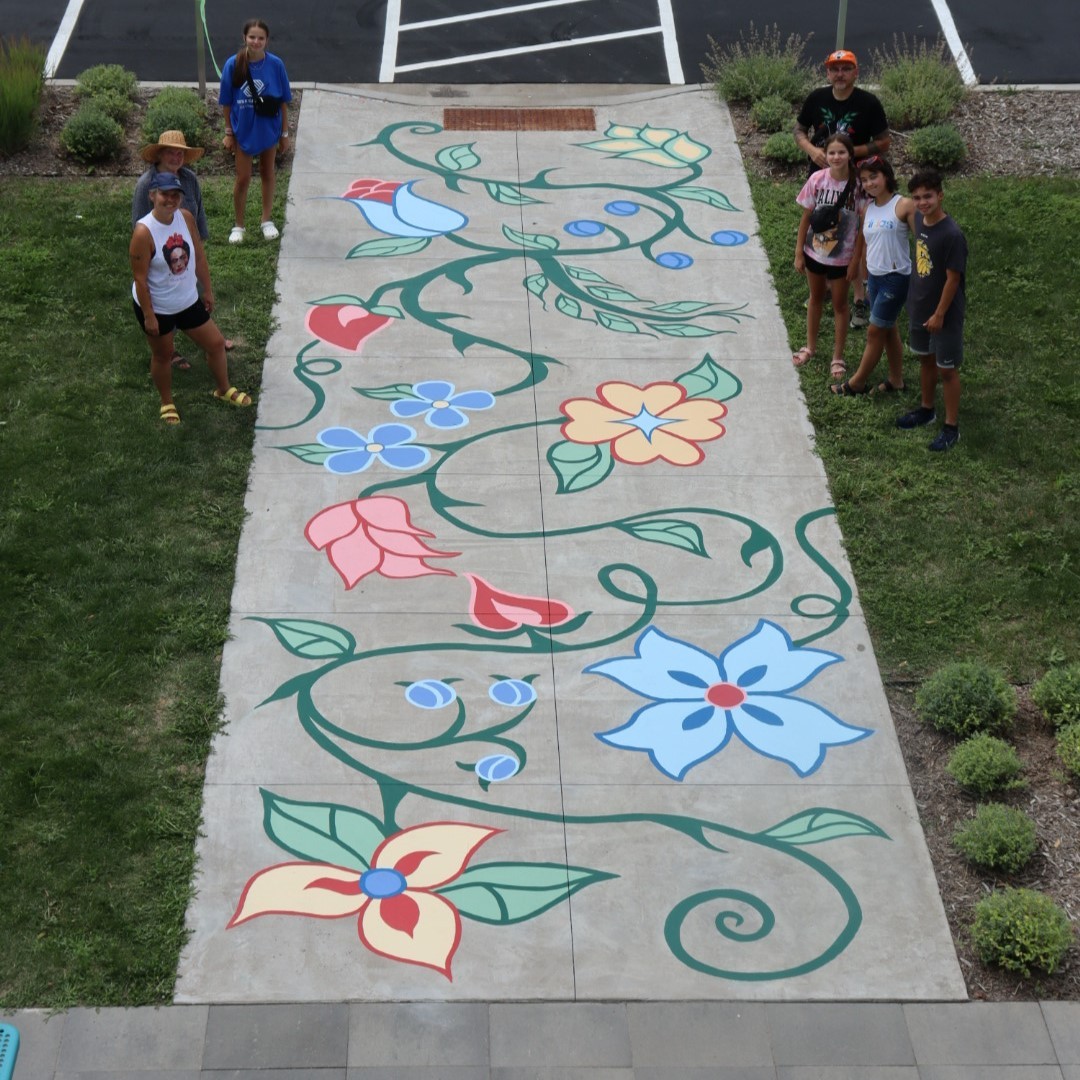 Image Credits
Image Credits
MN United, Lu Abramowski, and Nedahness Greene

